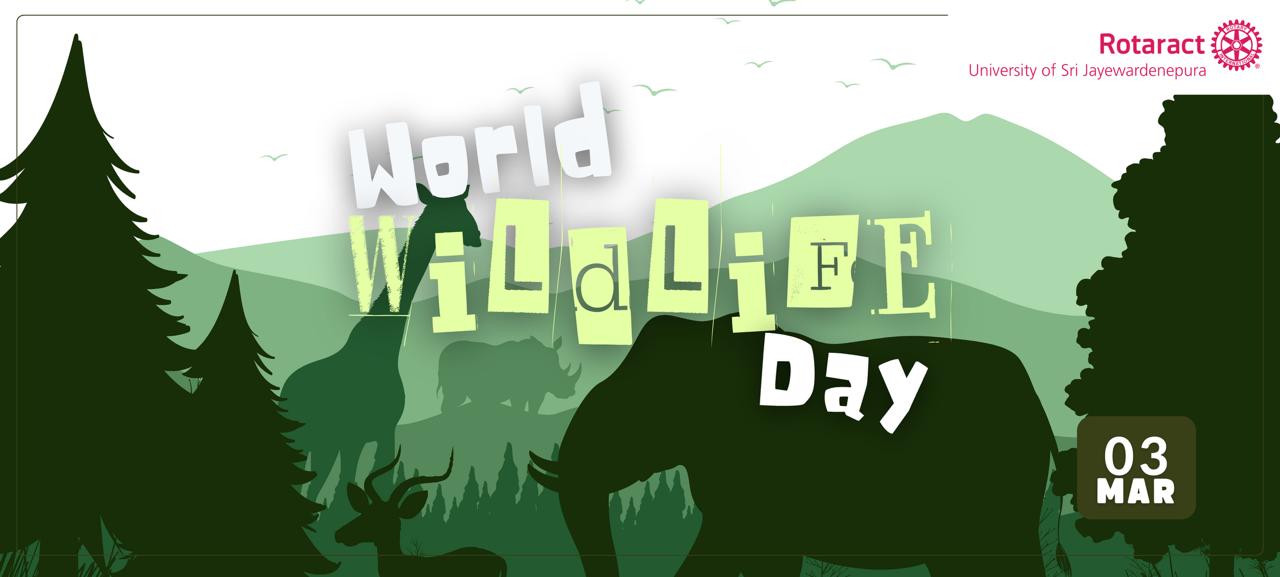“Technology can be our best friend, and technology can also be the biggest deterrent of our lives.” – Steven Spielberg
In a world where technology often dominates our daily lives, it’s essential to recognize its potential to serve a greater purpose – the conservation of our planet’s precious wildlife. As we commemorate World Wildlife Day 2024 (#WWD2024) under the theme “Connecting People and Planet: Exploring Digital Innovation in Wildlife Conservation,” we embark on a journey to explore how digital interventions are reshaping the landscape of wildlife conservation.
The Power of Digital Innovation in Wildlife Conservation:
The 21st century has seen an unprecedented proliferation of digital technologies, from artificial intelligence and big data analytics to remote sensing and blockchain. These innovations are not just tools for convenience or entertainment; they hold the key to addressing some of the most pressing challenges facing our natural world.
In remote monitoring and surveillance, imagine a world where we can track the movements of endangered species in real time, monitor the health of ecosystems from thousands of miles away, and detect illegal activities before they cause irreparable harm. Thanks to advancements in drone technology, satellite imagery, and sensor networks, this vision is becoming a reality. Digital innovations enable us to remotely monitor wildlife populations, identify habitat threats, and respond swiftly to emerging conservation challenges.
In the fight to protect biodiversity, knowledge is power. Digital technologies are revolutionizing our ability to collect, analyze, and interpret vast amounts of ecological data. By harnessing the power of big data analytics and machine learning algorithms, conservationists can uncover hidden patterns, predict ecosystem dynamics, and optimize conservation strategies. From tracking migratory patterns to mapping deforestation hotspots, data-driven conservation is unlocking new insights and guiding evidence-based decision-making.
Conservation is not just about protecting wildlife; it’s about empowering communities to become stewards of their natural resources. Digital platforms and mobile applications provide avenues for citizen science, community-based monitoring, and environmental education. By engaging local stakeholders in conservation efforts, digital technologies foster a sense of ownership and responsibility for protecting biodiversity. Whether through interactive maps, educational videos, or virtual reality experiences, digital tools connect people with nature and inspire action.
Illegal wildlife trade poses a significant threat to endangered species and ecosystems worldwide. Digital innovations such as blockchain technology offer a promising solution to combat wildlife trafficking and promote sustainable trade practices. By creating transparent, tamper-proof records of supply chain transactions, blockchain enables traceability, accountability, and enforcement of regulations. From ivory poaching to illegal logging, blockchain solutions empower consumers, businesses, and law enforcement agencies to take action against wildlife crime.
The need for wildlife conservation:
Conserving wildlife is crucial for several reasons, spanning ecological, economic, and ethical considerations. Wildlife plays a fundamental role in maintaining the balance and health of ecosystems, contributing to essential processes such as pollination, seed dispersal, and nutrient cycling. Additionally, biodiversity ensures resilience to environmental changes, helping ecosystems adapt to disturbances such as climate change and disease outbreaks.
From an economic standpoint, wildlife conservation is essential for various industries, including tourism, agriculture, and pharmaceuticals. Many communities rely on wildlife-based tourism for income, and the loss of iconic species could have devastating effects on local economies. Furthermore, numerous medicines and other valuable resources are derived from plants and animals, highlighting the importance of preserving biodiversity for future scientific and economic advancements.
On an ethical level, humans have a moral obligation to protect and preserve the natural world and its inhabitants. Wildlife species have intrinsic value and the right to exist independent of their usefulness to humans. As stewards of the planet, it is our responsibility to ensure the continued survival of all species and to prevent the extinction of those under threat.
As we celebrate World Wildlife Day 2024, let us embrace the theme of “Connecting People and Planet: Exploring Digital Innovation in Wildlife Conservation” with optimism and determination. In an increasingly connected world, digital technologies hold the power to transform our relationship with nature, enabling us to protect and preserve biodiversity for future generations. By harnessing the power of digital innovation, we can bridge the gap between conservation science and action, unite communities in the pursuit of a common goal, and build a sustainable future where people and wildlife thrive together.
Written by: Rtr. Sathmi Dinanja



0 Comments